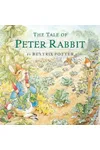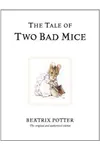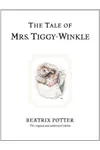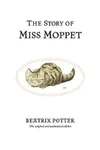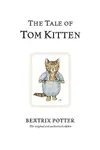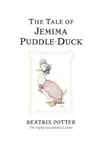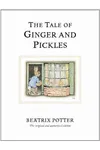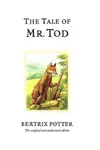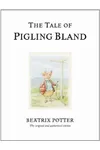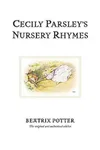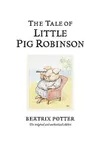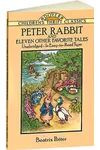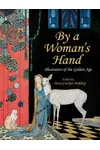Picture an English storyteller who brought mischievous bunnies and charming hedgehogs to life—meet Beatrix Potter! With her whimsical tales and delicate illustrations, she enchanted generations through The Tale of Peter Rabbit and beyond. Potter wasn’t just a writer; she was an artist and conservationist whose love for nature shaped her stories and legacy.
The Making of Beatrix Potter
Born on July 28, 1866, in London, Helen Beatrix Potter grew up in a wealthy family with a passion for art and nature. Her childhood summers in the Lake District sparked a lifelong love for the countryside, where she sketched animals and plants with scientific precision. Denied formal education due to her gender, Potter honed her talents independently, studying fungi and illustrating her own stories. Her first book, The Tale of Peter Rabbit, began as a letter to a sick child, evolving into a self-published triumph in 1901 after rejections from publishers.
Beatrix Potter’s Unforgettable Stories
Potter’s tales blend gentle humor, vivid characters, and lessons about nature. The Tale of Peter Rabbit (1902) follows a naughty bunny’s garden misadventure, its crisp prose and watercolor illustrations setting a gold standard. The Tale of Jemima Puddle-Duck (1908) stars a gullible duck outwitting a fox, showcasing Potter’s knack for suspense. The Tale of Squirrel Nutkin (1903) explores cheeky defiance, while The Tailor of Gloucester (1902) weaves a tender Christmas tale. Her style—simple yet sophisticated—paired moral undertones with respect for young readers, and her illustrations brought the English countryside to life.
Potter wrote 23 tales, each a pocket-sized masterpiece. Her meticulous art, rooted in her scientific observations, gave animals human quirks while staying true to their natural behaviors. Themes of independence, curiosity, and respect for nature resonated across cultures, making her stories timeless.
Why Beatrix Potter Matters
Potter’s impact transcends children’s literature. Her books, translated into dozens of languages, have sold millions, inspiring adaptations from ballets to films. She broke barriers as a female author-illustrator in a male-dominated era, self-publishing when publishers doubted her. Later, Potter dedicated herself to conservation, using her book earnings to preserve 4,000 acres of Lake District land, now part of the National Trust. Her legacy lives in every child who giggles at Peter’s antics and every meadow she saved.
- Born: July 28, 1866, London, England
- Key Works: The Tale of Peter Rabbit, The Tale of Jemima Puddle-Duck, The Tale of Squirrel Nutkin
- Notable: Saved 4,000 acres of Lake District land
- Died: December 22, 1943
Snag The Tale of Peter Rabbit and dive into Beatrix Potter’s whimsical world!
